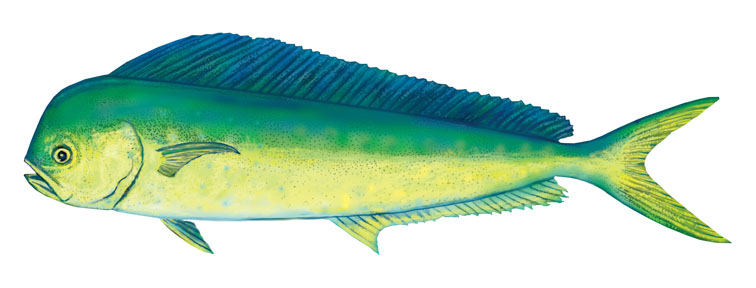
Dorado (Mahi-Mahi)
Dorado are a great eating fish and a lively fighting fish. A fisherman’s fish, they are renowned as aggressive feeders. Dorado are among the fastest growing fish in the sea. They are carnivorous and feed on everything from sardines and mackerel to squid and crabs. They even eat plankton and small crustaceans. They are caught on lures, flies, and live bait. Catches average from 15 to 29 pounds. Dorado of 40 pounds are sometimes had in local waters. Hesitate a moment before setting the hook and keep the line taut. The high season for Dorado fishing is from June through October, but they are caught all year round.
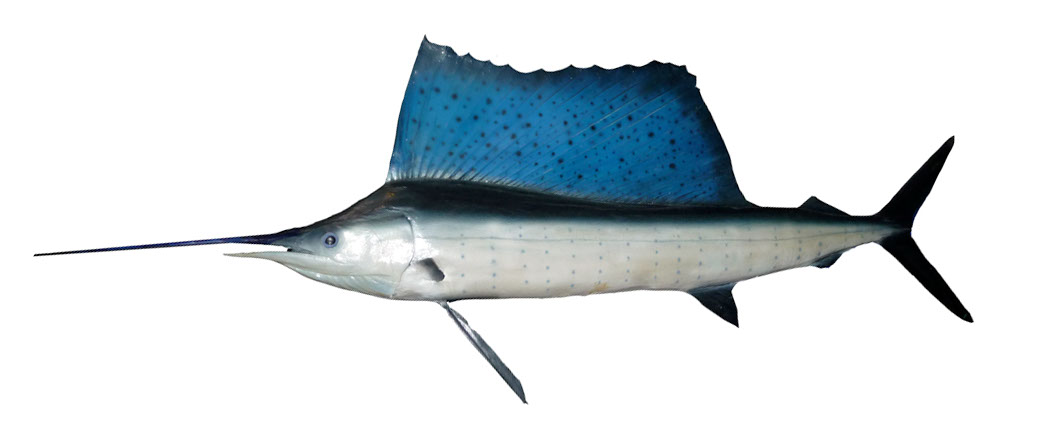
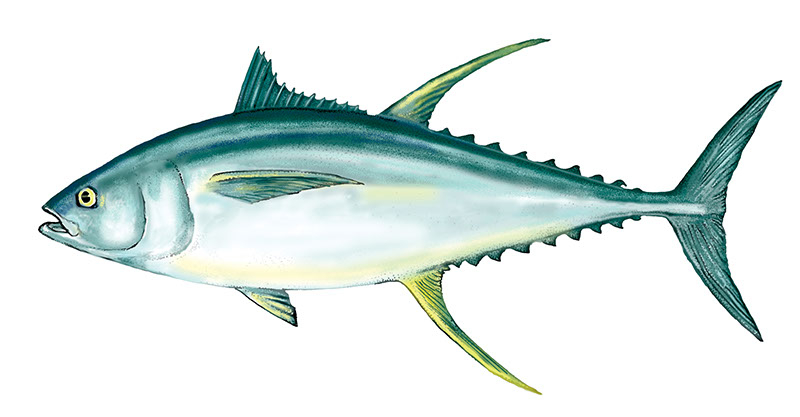
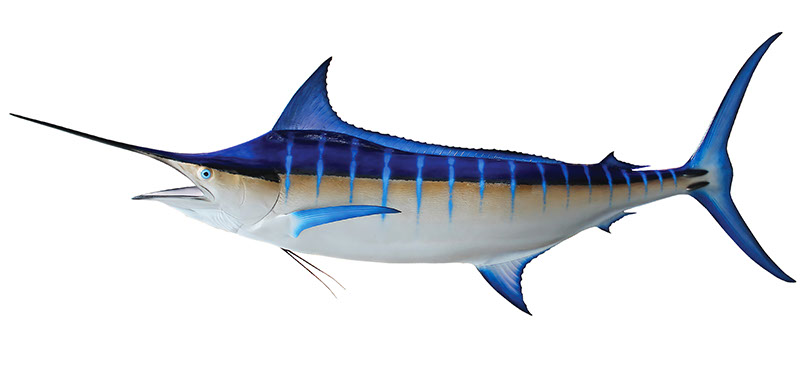
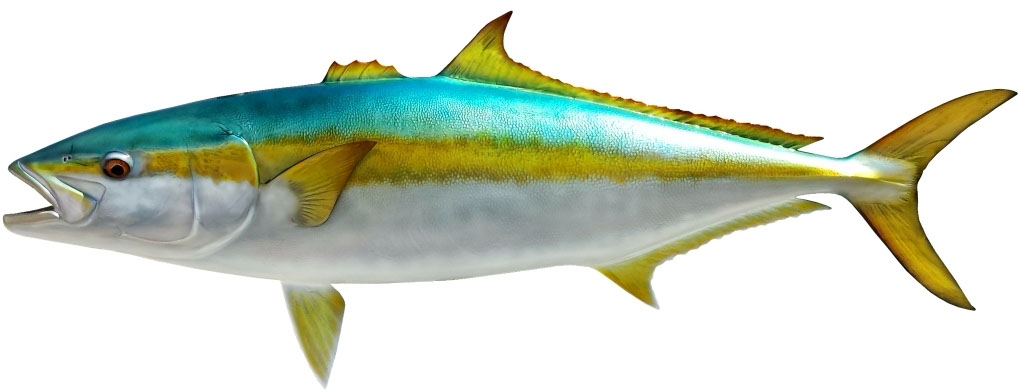
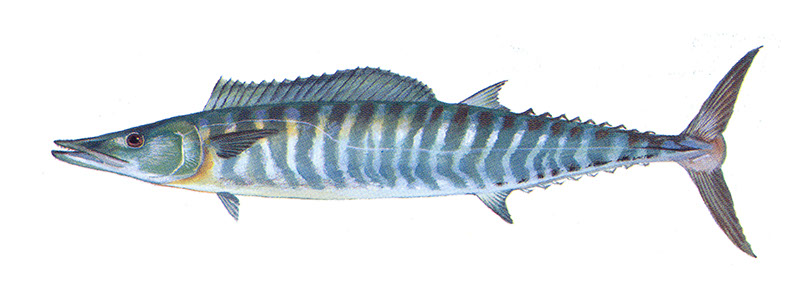
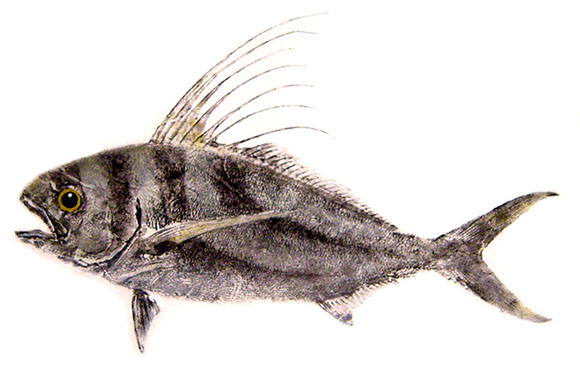
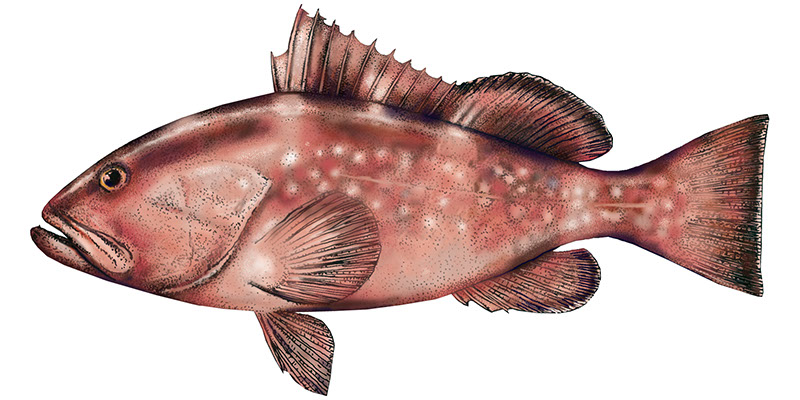
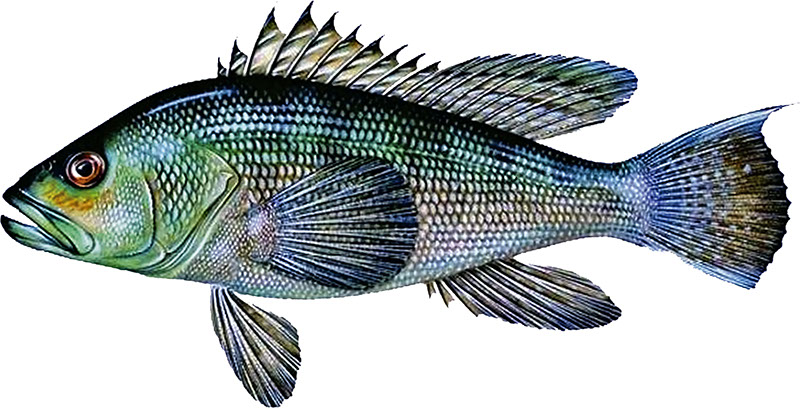
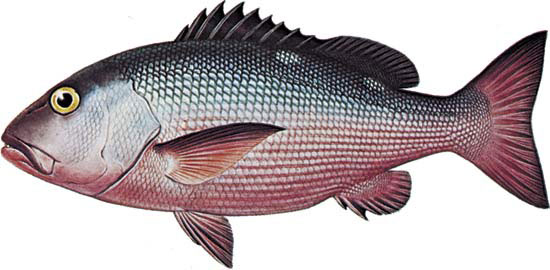
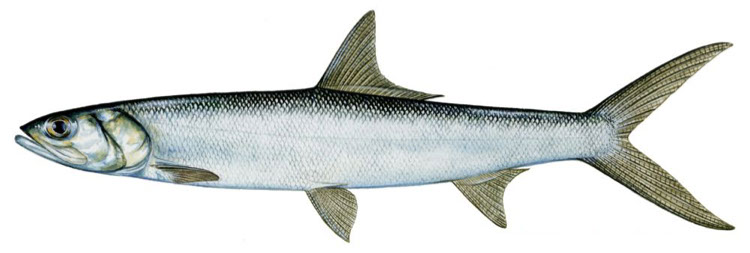
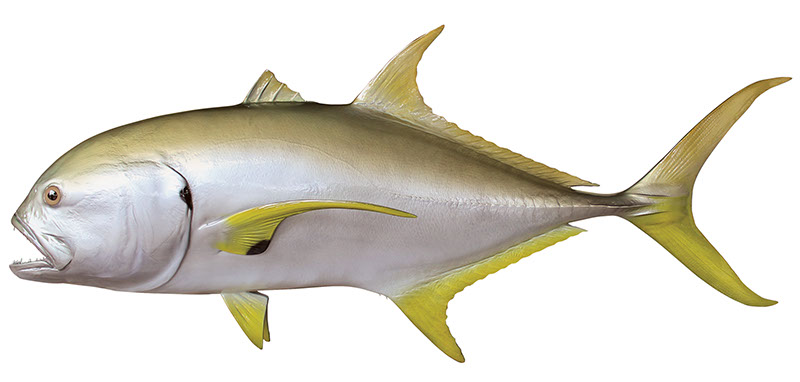
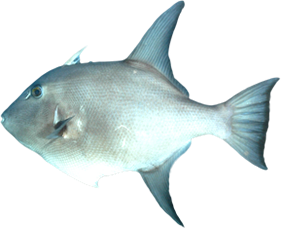
We are Baja Charters
Follow Us on Social Media